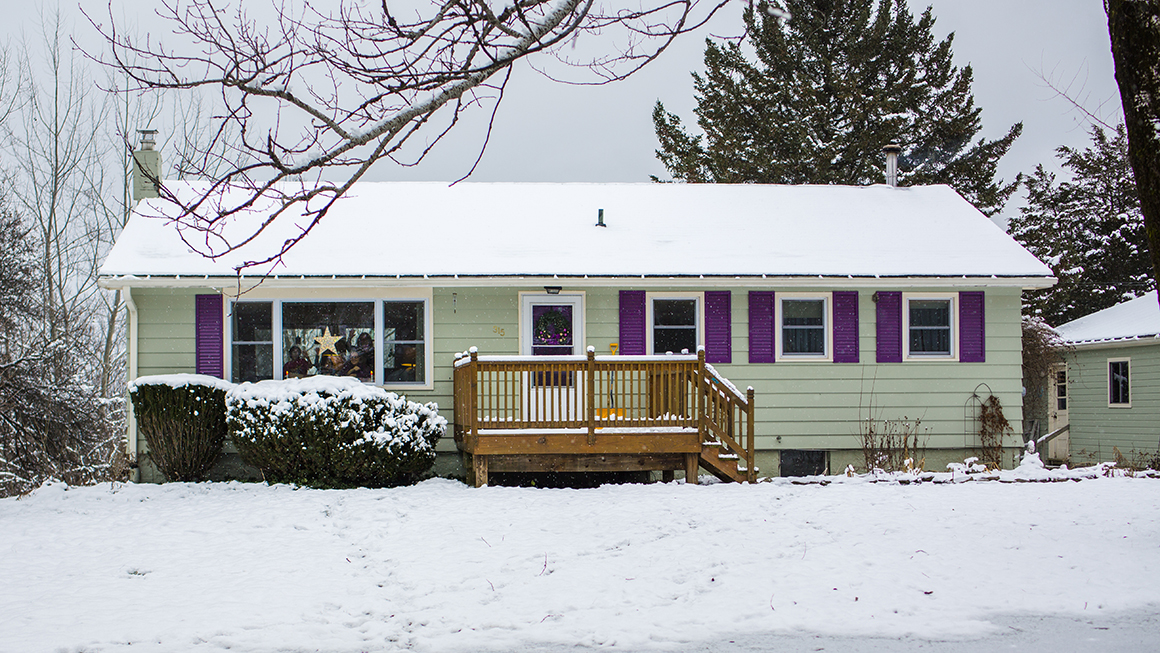
Government down payment assistance (DPA) has become more important over the past decade. Its use among Federal Housing Administration (FHA) borrowers has tripled since 2010 from just 5 percent of borrowers to 15 percent this year, according to the recently released FHA annual report (PDF). In 2023, 39.5 percent of these borrowers received DPA, with 23.4 percent receiving assistance from a family member, a figure that has remained relatively static since 2010.
For first-time homebuyers without family wealth, DPA from government sources is critical. Between September 2010 and September 2023, home prices rose 114 percent, while the consumer price index rose about 41 percent and wages rose 50 percent. In 2010, $10,400 would have covered a 5 percent down payment on the median home purchase, whereas now, a borrower would need $22,240 for the same 5 percent down payment.
Given the increasing importance of government DPA for achieving homeownership, particularly for borrowers of color, who are less likely to have family wealth to draw on, we partnered with Down Payment Resource to better understand the availability and effectiveness of these programs. Down Payment Resource creates tools that help the housing industry connect homebuyers with DPA and maintains a comprehensive database of the nation’s 2,200 homebuyer assistance programs, which includes primarily DPA programs.
The current state of government DPA programs
As of June 2023, there were 1,676 funded DPA programs in the US; most are state-based programs, but 25 programs operate across multiple states or nationally. Not surprisingly, California—the most populous and most expensive state—had the most programs.
Most DPA programs act like direct cash transfers to the homebuyer, with little to no cost to the borrower. Nearly 90 percent of programs are second mortgages. The rest are either grants (9.4 percent) or a combined second mortgage and grant (1.0 percent). Of the second mortgage programs, just over half offer some level of forgiveness, with most of those options fully forgivable. DPA forgiveness usually entails a waiting period, and the median is five years. Most homeowners are in their home for more than 5 years, and the median homeowner stays in their home for 10 years (PDF).
Most second mortgage programs have a 0 percent interest rate, and the borrower is not required to begin paying the second mortgage right away. The average waiting period is 10 years. Thus, DPA does not add to the borrower’s payment for a significant amount of time, and in many cases, the payment is forgiven before the borrower begins making any payments on the second mortgage.
In 2022, 60.7 percent of DPA programs contributed a set dollar amount to the borrower’s down payment, with a median contribution of $15,000. Other programs contributed a percentage of either the sales price (22.1 percent of programs) or the loan amount (9.5 percent). The median DPA contributions were 10 percent and 5 percent, respectively. The remaining 9.5 percent of the programs use other funding algorithms, including funding a share of the down payment or funding closing costs.
To get DPA to the homebuyers who need it most, 62.1 percent of the programs require the borrower to be a first-time homebuyer, and 72.7 percent of the programs have an income cap. Forty-five percent of programs are available only to families earning less than 80 percent of the area median income, who otherwise could not afford a home in many areas. But home price growth significantly outpaces income gains. Many DPA programs have adapted to reflect this trend—even a family earning 120 percent of the area median income would be eligible for 46.5 percent of DPA programs.
Because many of these programs are available only in certain states or localities, we also looked at the 10 largest metropolitan statistical areas to understand who could access these programs in particular areas. We found 43.6 percent of 2022 homebuyers in these areas were potentially eligible for DPA. In Dallas, for example, 49.5 percent of borrowers who purchased a home would have been eligible for DPA. These borrowers had an average loan amount of $415,000 and a median family income of $118,000. The median DPA from these programs was $16,862.
Expanding DPA to help more borrowers afford a home
DPA has become more important to homeownership, particularly for low- and middle-income borrowers and borrowers of color who do not have family wealth to rely on. But more borrowers could benefit from DPA than are receiving it now.
In 2022, 36.7 percent of denied mortgages were rejected because of a high debt-to-income (DTI) ratio, and another 5.7 percent were because of insufficient cash to close. For low- and middle-income borrowers, 46 percent were denied because of an excessively high DTI ratio, and 5 percent were denied because of insufficient cash to close. DPA would have allowed borrowers who were denied for insufficient cash to close to have received a mortgage, as well as some (but not all) who were denied because of their DTI ratio, as DPA lowers the loan amount the borrower would need.
Ultimately, more can be done to get DPA to those who need it most. Down Payment Resource and Freddie Mac, through their recently released DPA One program, can help connect borrowers and their lenders with organizations providing DPA. Additionally, DPA programs could target first-generation homebuyers, who are less likely to be able to rely on assistance from family, and Fannie Mae and Freddie Mac could automate mortgage underwriting tools to recommend DPA to borrowers who qualify for it and would otherwise be denied.
In a world with severe affordability challenges, DPA is more important than ever. The more knowledge potential homebuyers and real estate professionals have about these programs and how to access them, the more new homeowners there will be.